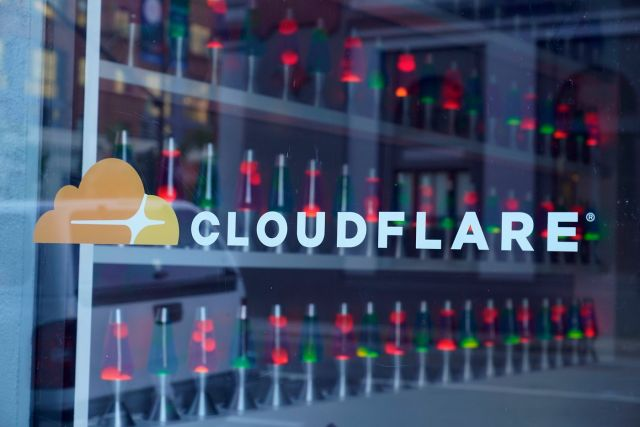
Why fiber internet? For our growing digital needs, of course
Why fiber internet? Because the way we communicate has rapidly changed. Fiber meets our digital needs today with room to continue to grow tomorrow.
It might surprise you to know that today, the main backbone of the internet in America is fiber. The undersea cables that connect the continents are fiber. Without fiber, the internet becomes more like the inter-not.
So why isn't fiber to the home (FTTH) more widespread? The fiber gap exists because many ISPs rely on dated copper wiring to connect back to the network. Copper wiring was a purpose-built infrastructure for telephones and later, for cable TV. It wasn't built with the internet in mind. It has limited bandwidth, it's slow relative to fiber and it suffers signal degradation over distances.
The only benefit copper offers over fiber is that it's already in place. Cable companies already have access and most homes have a copper connection (a phone line or coaxial cable) already. For all its faults (pun intended?) copper wiring is standing infrastructure and doesn't require an up-front investment for the big conglomerate cable companies. When it comes to infrastructure, actually going into towns and building new networks can be a long, expensive process.
But does that mean we should settle for old copper infrastructure to meet our current (not to mention future) internet needs?
Our growing digital needs
The way we communicate has changed rapidly in the last 20, 10, and even five years. Most of us use the internet for all our major communicating, be it over video chat, instant messaging, email, or via social networks.
We’re seeing massive digital growth every day. We need the internet to go to school and to keep our home systems connected to security networks. Most of us work online, and the idea of being in an office without an internet connection is totally unimaginable at this point.
These massive and growing digital needs are, for the most part, running off of dated copper networks that were never meant to support digital communications. Fiber is the infrastructure that will meet our digital needs today and build in enough capacity for us to continue to grow.
Fiber versus copper
Copper transmits information in the form of electrical signals. Fiber, on the other hand, uses optically pure glass strands to transmit information as light signals.
Optical fibers allow transmission over longer distances and offer higher data rates than traditional wire cables. Light travels along fiber much more efficiently and at exponentially higher speeds than signals on copper. The result is near-instant information transfer even over long distances and greatly increased bandwidth. In other words, crystal clear voice and video calls, incredible high-resolution TV, and all that other good internet stuff.
If you’re curious about how fiber work on a smaller scale (with big implications), check out our post on how fiber works.
Fiber is future-proof*
*as future-proof as any technology can be.
As with all major technological shifts, especially when there are infrastructure and investment involved, change doesn’t happen overnight.
Ting Internet towns are hubs for innovation. Towns like Charlottesville, VA and Centennial, CO are thinking about the future of their homes and businesses. They’ve lobbied their municipal representatives and had important conversations about what kind of town they want to live in.
The foreseeable future of the internet in America runs on fiber. Ting Internet is true symmetrical gigabit internet offering 1000 Mbps upload and download speeds. It could be argued that it's more bandwidth than people need today. We don't think that's the right way to think about it. Instead of thinking about what we can get by with, we prefer to think about what's possible when the technology gets out of the way.

.png?length=710&name=Blog%20banners%20(7).png)
